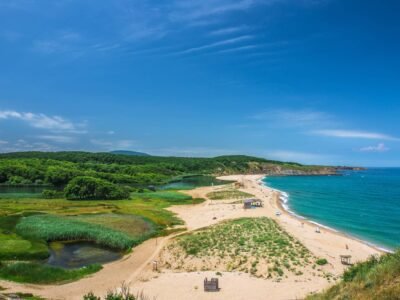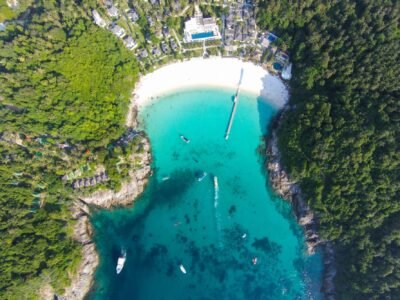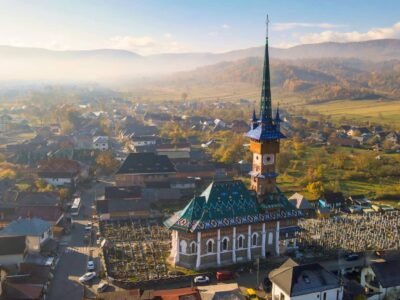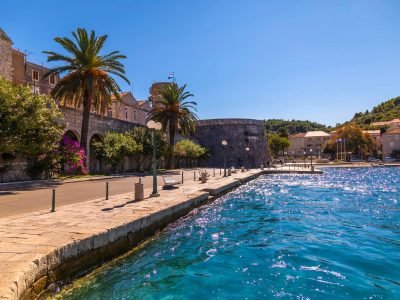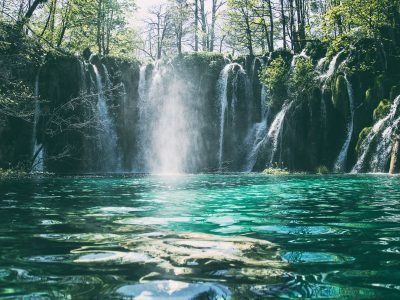10 UNESCO World Heritage Sites in Croatia
Discover this abundance of UNESCO World Heritage Sites in Croatia, many of which are amongst the most beautiful locations in the country. Croatia’s World Heritage Sites provide an array of attractions suitable for all tastes, including ancient ruins, splendid showcases of Baroque architecture, and charming islands that captivate the imagination. This stunning country is a must-visit destination for those looking to experience some of Europe’s richest cultural heritage and stunning natural beauty.
Croatia is a stunningly beautiful country with plenty to offer regarding culture, history, and natural beauty. As such, it’s no surprise that this tiny nation has earned the distinction of being home to seven UNESCO World Heritage Sites.
What are UNESCO World Heritage Sites?
What are the UNESCO World Heritage Sites in Croatia?
The historic city of Dubrovnik was the first site in Croatia to be named a UNESCO World Heritage Site in 1979. This incredible, walled city is a must-see for visitors who want to taste Croatian culture. In 2017, Plitvice Lakes National Park was also added; this breathtaking park features 16 enchanting lakes plus numerous waterfalls and caves for adventurous explorers.
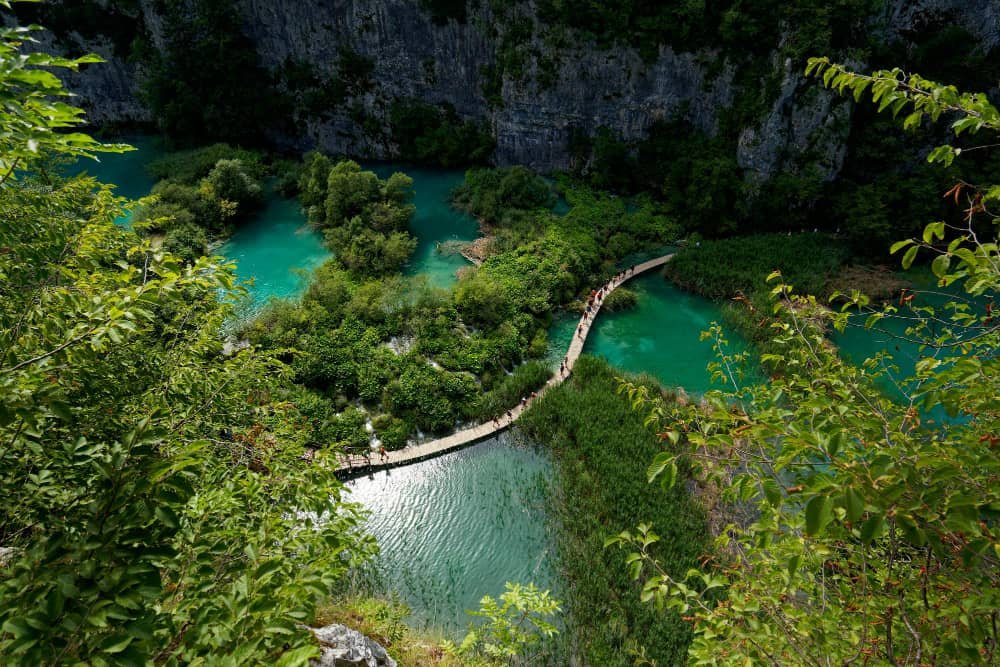
Plitvice Lakes National Park
Historical Complex of Split with the Palace of Diocletian
The Historical Complex of Split with the Palace of Diocletian in Croatia is a UNESCO World Heritage Site. Located on the Adriatic Sea, this complex sits in the eastern part of Croatia and is evidence of its rich ancient history. It was built by Roman Emperor Diocletian at the turn of the 4th century AD as a place for him to spend his retirement years.
Today, it is one of Croatia’s most treasured sites and an important symbol of its culture and identity. Not only is it recognized as a World Heritage Site by UNESCO, but its architecture, which draws influences from Ancient Rome and Medieval Croatian styles, also holds significant historical importance.
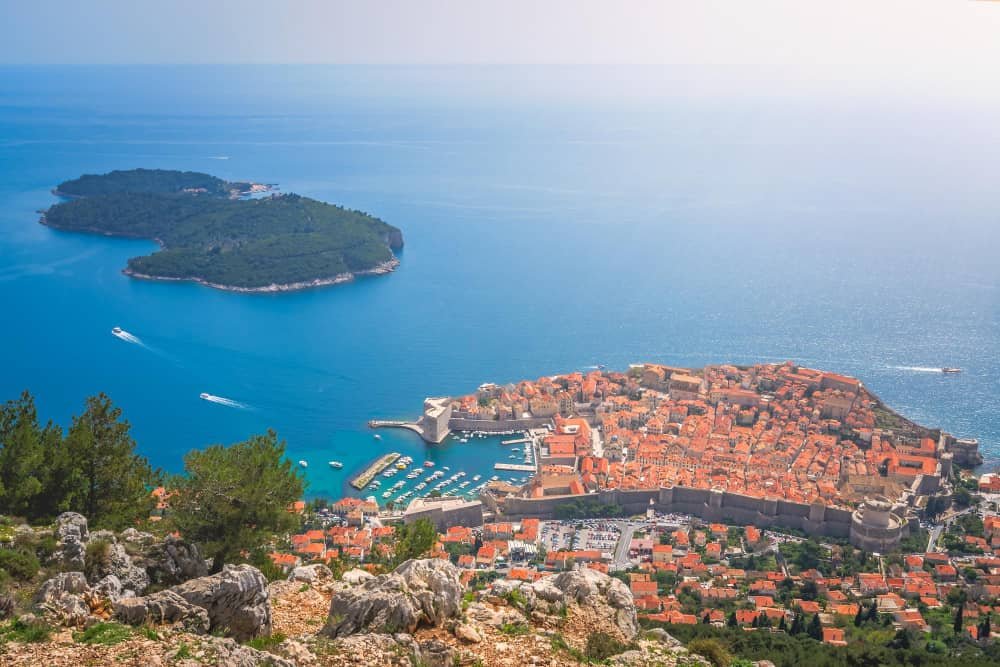
Old City of Dubrovnik
Episcopal Complex of the Euphrasian Basilica in the Historic Centre of Poreč
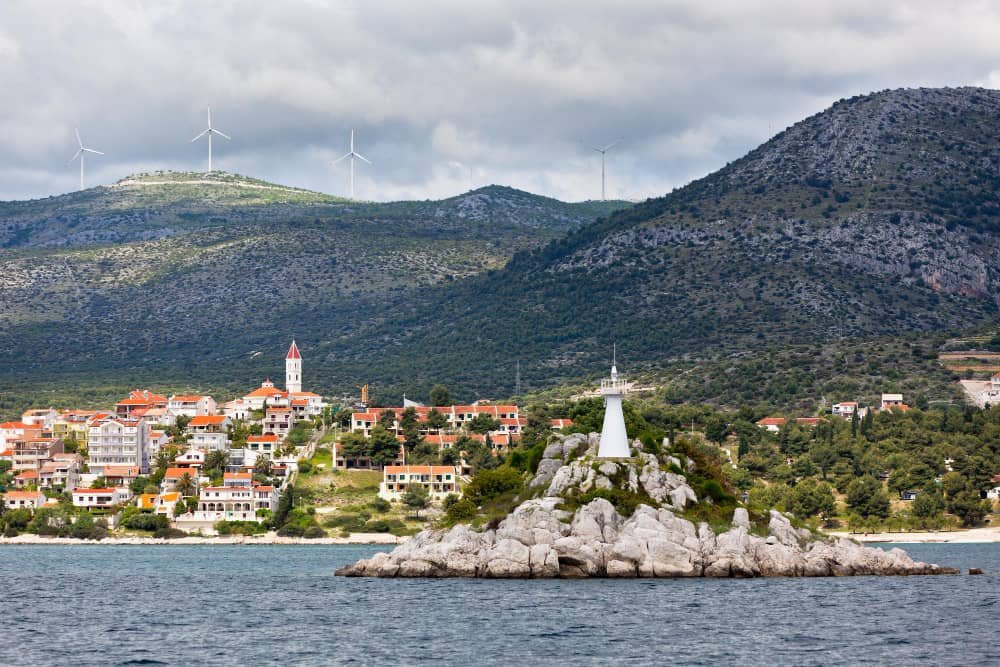
Historic city of Trogir
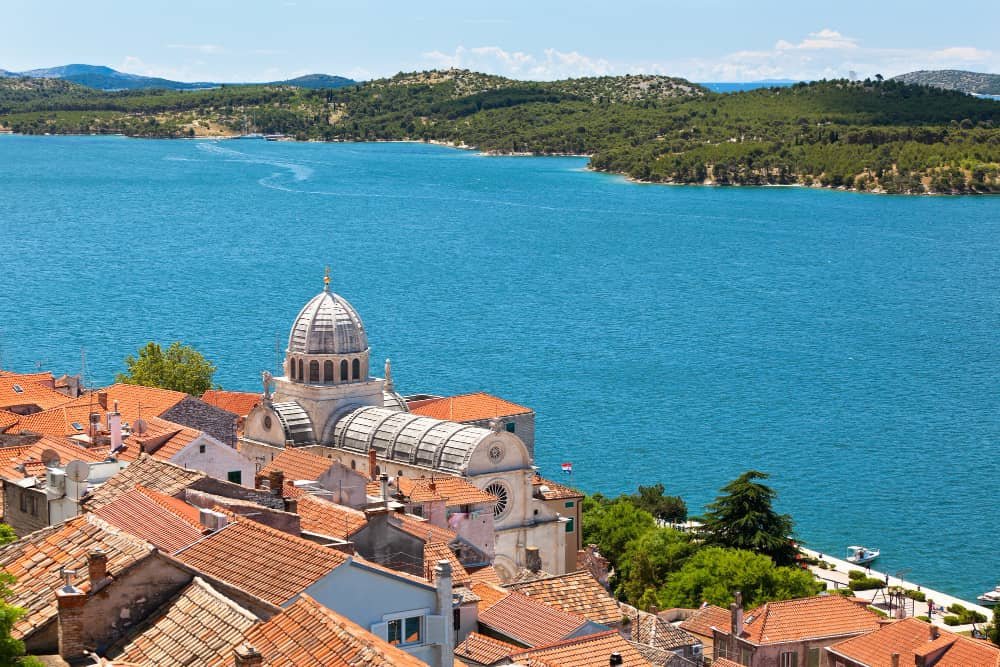
Šibenik Cathedral of St James
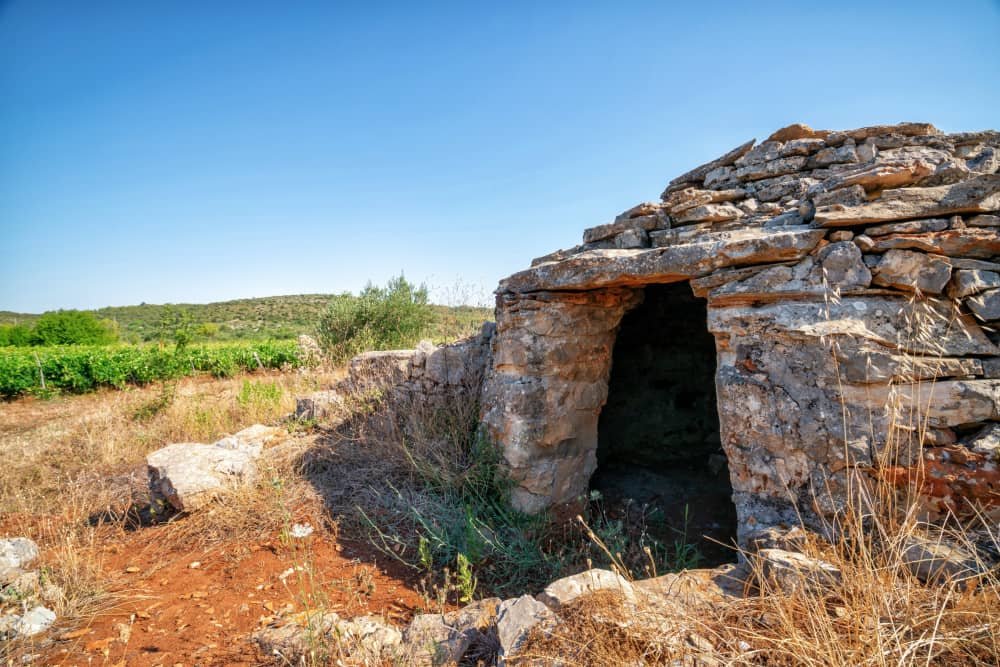
Stari Grad Plain
Stećci Medieval Tombstones Graveyards
Venetian Works of defense between 15th and 17th centuries

Primeval Beech Forests of the Carpathians and Other Regions of Europe
How can I visit the UNESCO World Heritage Sites in Croatia?
Croatia is home to 8 UNESCO World Heritage Sites, each of which has played an important role in the country’s long and storied history. For those looking to visit these sites, there are several ways to do so. Firstly, tourists can book a guided tour with a local agency or tour operator.
These tours usually include transportation from major cities to the various sites and experienced guides who will provide interesting facts and anecdotes about the sites’ histories.
Alternatively, people could rent a car and explore on their own. This way, you can drive at your own pace and get off the beaten path for unique experiences. Additionally, many heritage sites offer public transport options if you want to save money while still having access to Croatia’s beautiful attractions.
What activities can I do at the UNESCO World Heritage Sites in Croatia?
From breathtaking natural wonders to fascinating historical sites, these landmarks are remarkable and a must-see for any traveler. Whether you’re looking for ways to connect with nature or explore Croatia’s rich past, the UNESCO World Heritage Sites in Croatia offer plenty of activities for travelers of all ages.
Unsurprisingly, the country has been home to nine UNESCO World Heritage Sites since 1979. With so much to experience, what activities can you do when visiting these historic places?
Croatia’s nine UNESCO World Heritage Sites are a mix of natural and cultural sites, each offering a unique experience. From hiking along ancient walls in Dubrovnik to exploring the colorful Plitvice Lakes National Park, plenty of exciting activities are available at each site.
Visitors can also explore the historical ruins of Diocletian’s Palace in Split or take a boat tour around the islands of Hvar or Vis. For those seeking peaceful relaxation, why not enjoy swimming and sunbathing on the beautiful beaches surrounding Poreč?
Start exploring at the Plitvice Lakes National Park, where you can participate in outdoor activities such as hiking, biking, and canoeing around the sprawling lake system. Alternatively, visit the old towns of Trogir and Dubrovnik to marvel at their stunning architecture and try some traditional Croatian dishes.
What other attractions are near the UNESCO World Heritage Sites in Croatia?
Final Words
Croatia has natural wonders, UNESCO World Heritage Sites, and attractions. Croatia is a dream destination for travelers of all kinds, boasting a stunning coastline along the Adriatic Sea and many fascinating cultural sites. Whether you’re looking to explore historic ruins or relax on the beach, there are plenty of activities to keep you busy while visiting Croatia’s UNESCO World Heritage Sites.



